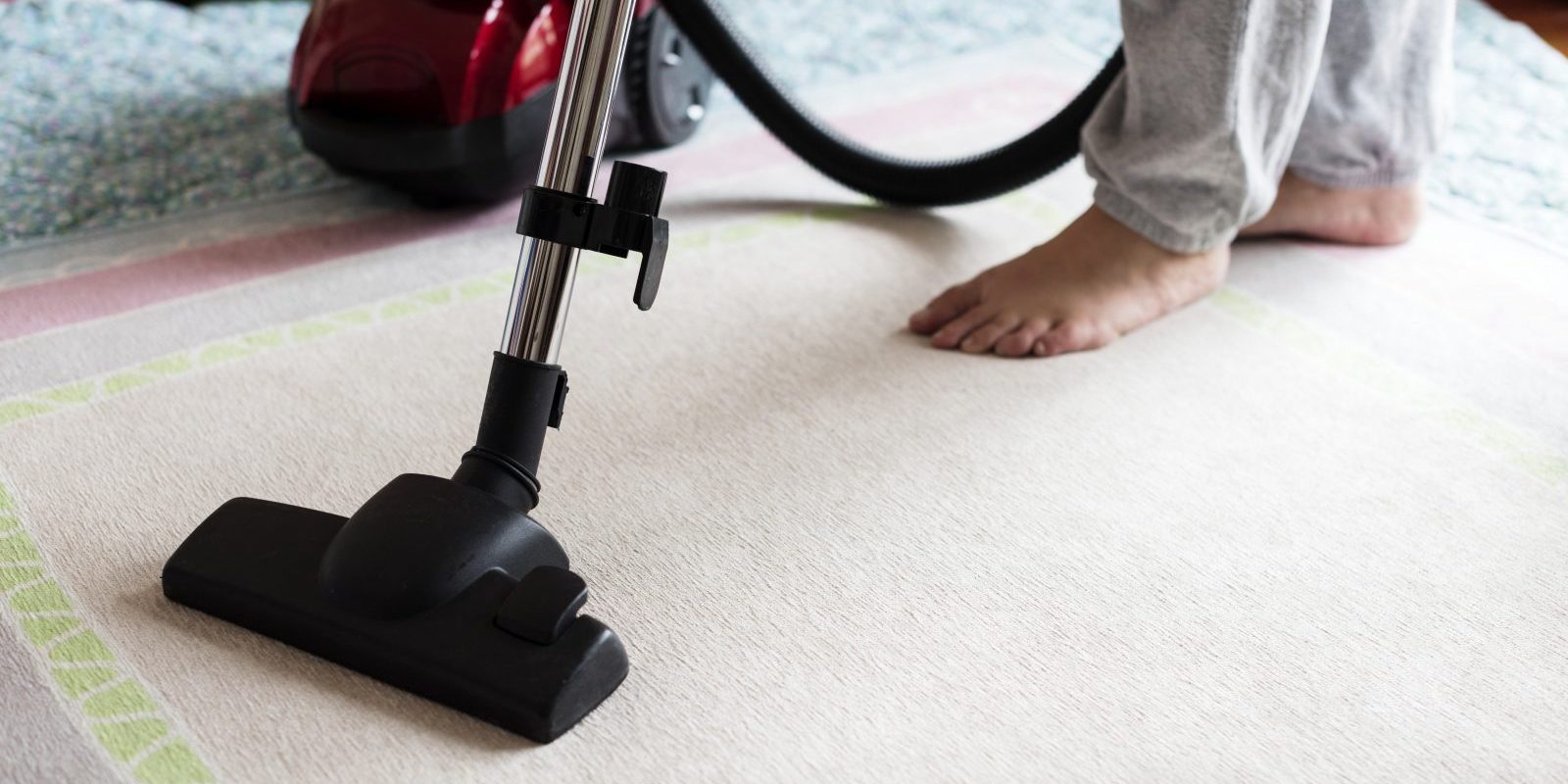 by Autumn Ryan, Founder and CEO of SoRite
by Autumn Ryan, Founder and CEO of SoRite
Want a clinically clean home? Then brush up on your vacuuming and mopping techniques and learn how to vacuum and mop like a pro. Vacuum first. Then mop. Here’s how.
The Cutting Edge
Wondering where to start? Start by vacuuming the edges of your floors with your vacuum’s crevice tool. Airflow across a hard surface floor will blow dust, pet hair and other debris into the corners and edges of the room.
Likewise, carpeted surfaces will gather dust and dirt around the edges. If left over time, the edges of the carpet can become permanently discolored.
Continue vacuuming all rooms as described below before mopping any of your hard surface floors.
Changing Directions
To thoroughly vacuum clean carpets and rugs, make sure you’re not vacuuming in just one direction. Why? Debris can get trapped in carpet fibers and going in one direction alone will not remove all of it. If you’re going to vacuum and mop like a pro, take two passes with your vacuum. Vacuum the entire space north to south, then change direction and re-vacuum east to west.
The same with mopping, mop twice if your hard surface floor is extremely dirty.
The Strategy
If you’re going to vacuum and mop like a pro, you’re going to need a strategy. Begin at the farthest corner from the door and literally vacuum or mop your way out of the room.
If you have pets, don’t just vacuum the floor, vacuum other places they may sit or lie down such as pet bedding, chairs and sofas. Apply the same north to south and east to west technique described above to pick up allergy-causing pet dander from chairs, sofas and bedding.
Surface Changes
When going from hard flooring to carpet or rugs, make sure you adjust your vacuum cleaner’s height or power level.
With your mop, take care not to leave wet puddles when changing surface height from say a stone floor to a linoleum floor. Also use the right tool for the job. If you’re mopping a tile floor, a smooth microfiber mop head may not be adequate to reach into the grout like a thicker microfiber loop can.
Nice and Slow
You don’t get a deep clean when you zip through the room at a fast pace. If you want to vacuum and mop like a pro, take it nice and slow. This allows your vacuum to agitate carpet pile correctly and suck up more of the dirt. On hard surfaces, a slow gait allows the machine to suck up larger pieces of debris.
When mopping, you’re less likely to miss spots and spills when you take it more slowly.
Cleaning Your Equipment
Avoid letting your vacuum cleaner bag or canister get too full. It will compromise the suction ability of your machine. You should also clean the filter frequently to prevent dust from being recycled (and to cut down on odors).
Cleaning your mop during use is equally important. Once your mop head gets full of solution and dirt, you’ll need to rinse thoroughly before reuse or you’ll just end up pushing dirt around. And that means pushing germs around as well. Rinse until there’s no more dirty water. In fact, I like to use two mops. One for cleaning, the other for rinsing.
Best Brands
There’s a wide variety of equipment available today from central vacuum systems, to upright vacuums, canister vacs, even “stick” vacuums and robotic vacuums. Those with a HEPA filter are a plus if you’re prone to allergies. A vacuum rated for pet hair is desirable for those with cats and dogs.
Mops come in even more varieties. There’s even a robo vacuum/mop combo, but we have not tried it. There are steam mops, and a range of microfiber mops. The only mop we don’t recommend is the conventional cotton loop mop that’s bulky and difficult to rinse.
If you need to wet mop—such as in commercial situations—there are microfiber, heavy duty wet mop heads, or microfiber spin mops. For the home, use a damp mop. Buy extra mop heads so that you’re never mopping with a dirty mop. And don’t use the same mop in the kitchen that you used in the bathroom and vice versa. Using the same mop in different rooms leads to cross contamination of bacteria and viruses.
For more information on avoiding cross contamination, see our DisinfecTips here.










